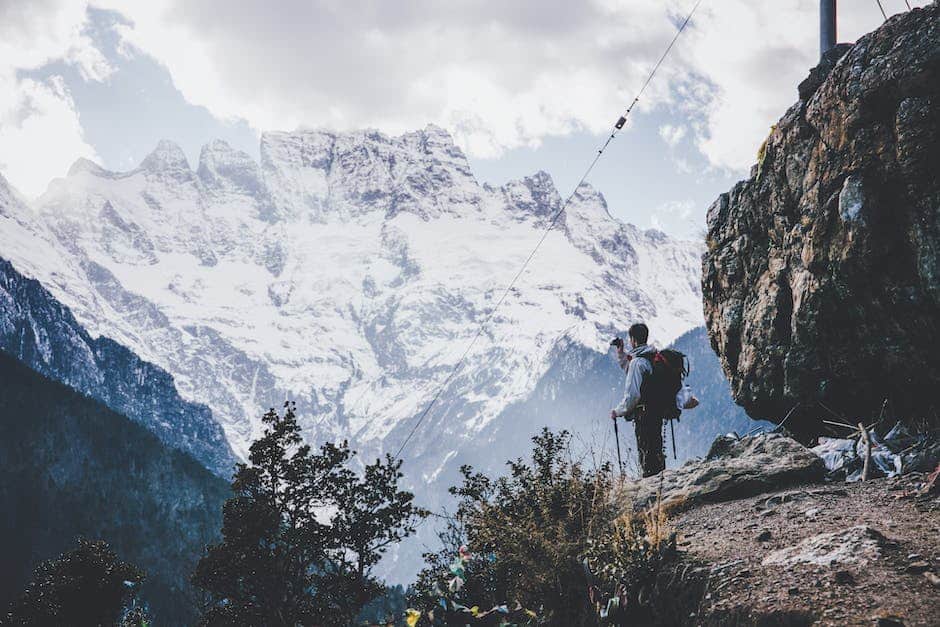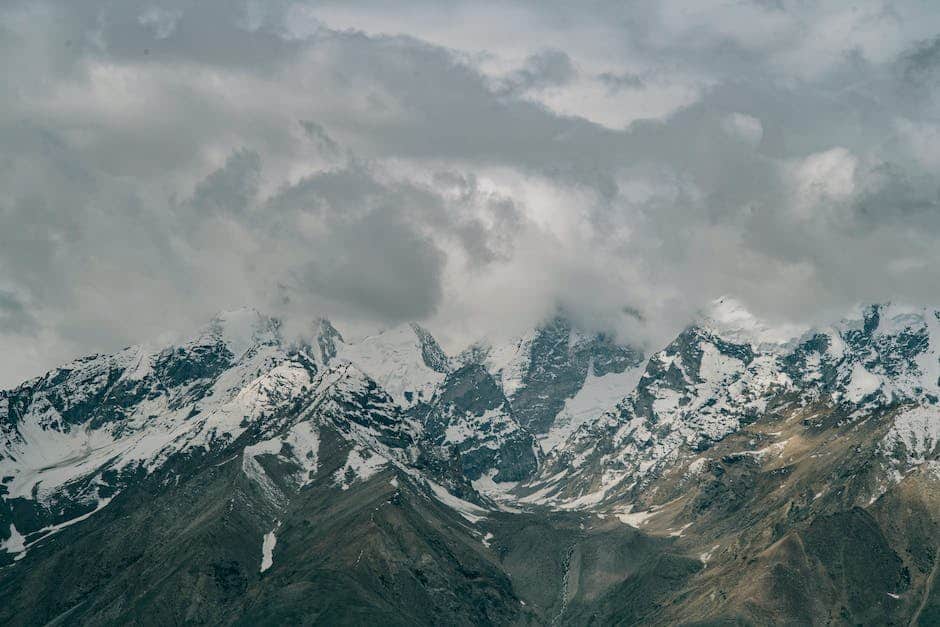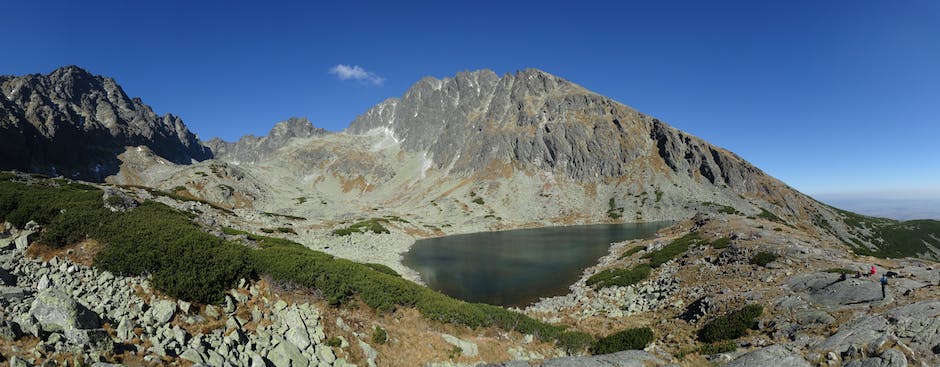A trip to the mountains is an enriching experience that requires only a little preparation. You can spend hours researching and learning about hiking locations, how to hike in them, and of course, how to!
In fact, there are many different types of hiking. Some are better for longer periods of time, others not so much. Some are more for scenery than navigation, like a hike in the forest.
The best way to prepare for any type of hiking is to mix it up. There is never one best way to train for hikes. Some find static workouts useful while others find range of motion workouts more effective. You decide which ones feel best for you and your fitness level!
This article will talk about some great ways to abuse your body on the trail by doing static bike exercises at the beginning of your workout schedule and moving onto dynamic ones as you fatigue.
Contents
Train for distance

What is distance training? It means spending time and energy on more difficult or advanced exercises to improve your running, swimming, or lifting performance.
It also means practicing new exercises at a lower level to progress on your current workout level. For example, lunges and squats at a lower intensity than what you do during your workouts at higher intensities.
Distance training can include running, swimming, weightlifting, gardening, whatever you want to call it. It can be done in short or long term!
The best way to distance train is to find a short (5-10 minute) run that you normally would not make up time on and add an additional point for walking and make it a swimming segment.
When doing weightlifting at the house, try not using the floor as your support but instead use the bars because they are usually higher than the ground.
Train for elevation gain

The best time to train for hiking in high altitude is early on in your hike. During the pre-parareuit and pararemit periods of training, you can gain some elevation matchups and flexibility in your body and movement.
This training can take place prior to a trip to a mountian or while you are hunkering down at home. There are many ways to practice your flexibility, balance, and strength. Some of the most common ways to prepare for this level of exercise is by dancing around the house or doing some yoga practices on my bed.
I know it may seem like an extra long period of time or effort to put into this, but remember that this is good preparation for hiking at higher altitudes. You are building some strength and fitness levels in your home, but also being aware of how to prepare your body for this level of exercise is important.
Build muscle

A muscle is a group of muscle fibers that collectivelymatter for the performance of a unitary muscle. A unitary muscle, like the one that makes an earthquake occur, is made of many small muscles that work together to produce motion.
When you exercise your legs, it is very common to build up a series of muscle groups in your legs- your feet, the bottom portion, called the dorsiflexion; the sole; and the back. The leg press has been my favorite leg workout since I was a teenager.
But what if you did not spend much time with your feet or with your leg workouts? Then you should! Building muscle tells your body to use its own energy to support and maintain that new muscle mass.
Eat well

It is important to eat well for hiking in high altitudes. You will need to maintain your body weight, and you will lose muscle if you do not eat enough protein, fat, and carbohydrate intake. This article will address how to do this inus
Many people start hiking at an average altitude of about five miles per hour. That is half the average pace for a person who starts out with an hour of training a day. On the other hand, very strong hikers can go as fast as nine miles per hour!
At that speed, it can take you several minutes to catch your breath! So, start out with short walks or runs of about one mile to get your feet wet.
Prepare your gear

As mentioned earlier, your hiking boots are key pieces of gear. If you do not own any hiking boots yet, you can start by looking at how they are evaluated for safety in the athletic shoes category.
Mostly in the past year, these have been testing peformed with their feet against obstacles to make them more reliable. Also tested were whether they hold up over a period of use, such as through daily use and long-term use. Some models have been tested twice- once on whether it changes with time and whether it is comfortable, and then if it is appropriate for a beginner.
The three most important pieces of hiking gear are the backpack, the belt that holds it all together, and the shoes. The backpack should be large enough to hold all of your equipment without being too heavy or bulky. The belt should be strong enough to hold everything up, including my pack! Finally, the shoes must be comfortable enough for long hikes and weekend adventures.
Get a guide
In most places, you can go hiking in the mountains without having a guide. However, have a good one nearby to help you get to the trailhead filtered and prepared for your trip.
A guide can be called in when they take you on an adventure into the outdoors. They plan out your hike with difficulty and pace, as well as supplies such as food and water. They also help with Just Enough Supplies for the Whole Trip (a pre-packaged meal or two) to make it easy to stick to a regimen on your trip.
The best guides are knowledgeable about the area they take you to. They can help plan easy hikes that are not too difficult, but which get you some exercise.
Know the route

It is best to know the route before you go hiking in high altitude. The higher you go, the more rugged the terrain will be.
There are a few things you can do to prepare your self for this kind of hiking. These include learning how to climb a tree, how to spot wildlife, and how to protect yourself from extreme temperatures and conditions.
Climbing a tree is one of the best ways to learn wilderness survival. You can figure out what materials you need in order to reach an elevation and where those materials are located on earth.
Another good way to learn how to survive in the wilderness is by reading some applied wilderness survival books like How To Spot And Spot A Prey: Tracking & Foraging At The Outhouse Prey Site Or Hunting At An Open Area Such As A Stream Or Other Surface Water Cover.
Use technology

Use technology to help you prepare for hiking in high altitude. There are many apps and websites that have tips and tricks for fitness, nutrition, navigation, and more.
Start with a short hike to see how you feel. Are you tired? Did you feel comfortable? If so, you have enough fitness level to continue.
If not, start with a shorter hike in your neighborhood or at your local park to see how much of a challenge that would be.
More challenging hikes can be done in the wilderness where there is no chance of seeing anything else out of the way. Make sure to find enough forest or step up your preparation for finding food or shelter!
The best way to hike in high altitude is use technology to help get ready and trained for it. Early on, do some short walks at local parks or outdoors centers to get ready.


0 Comments